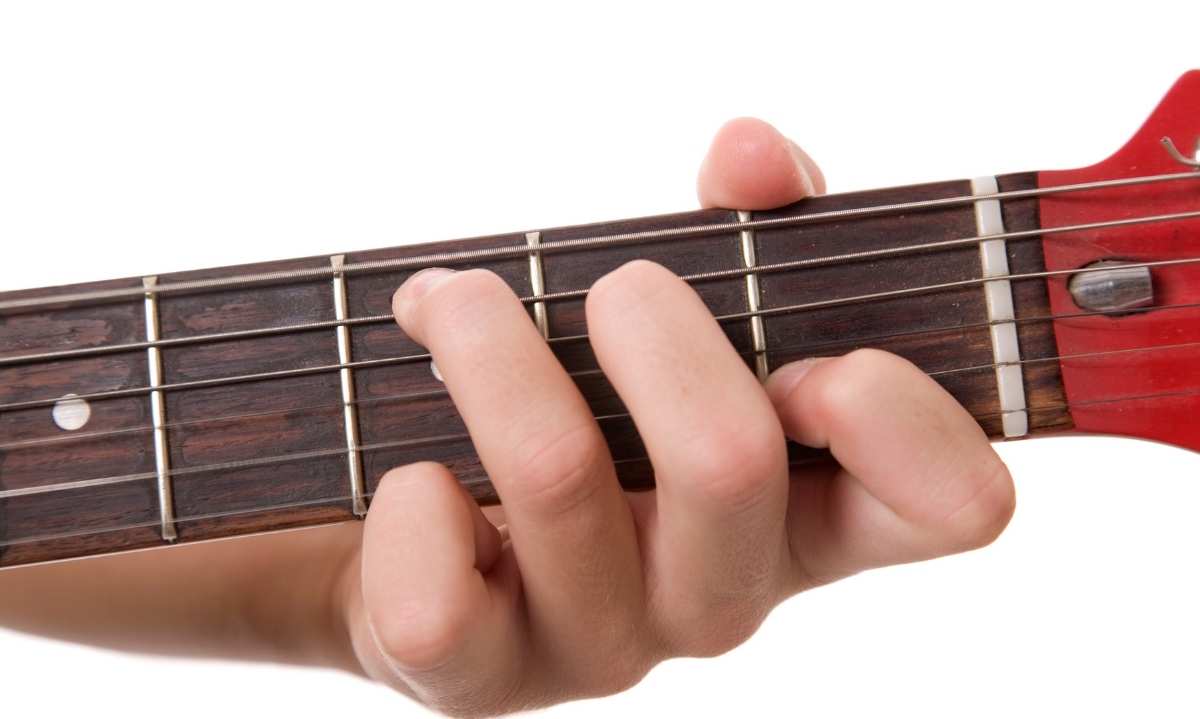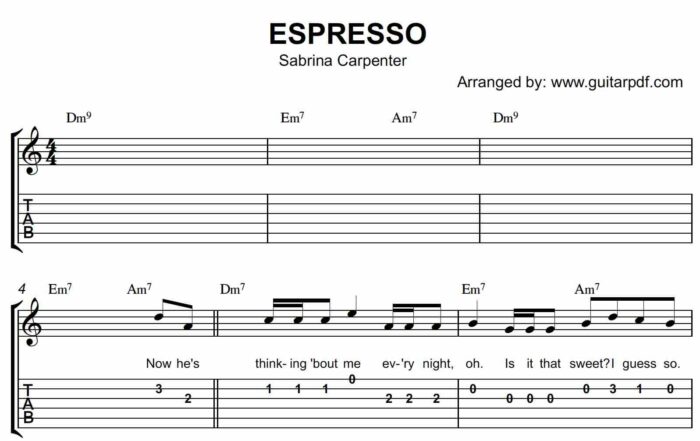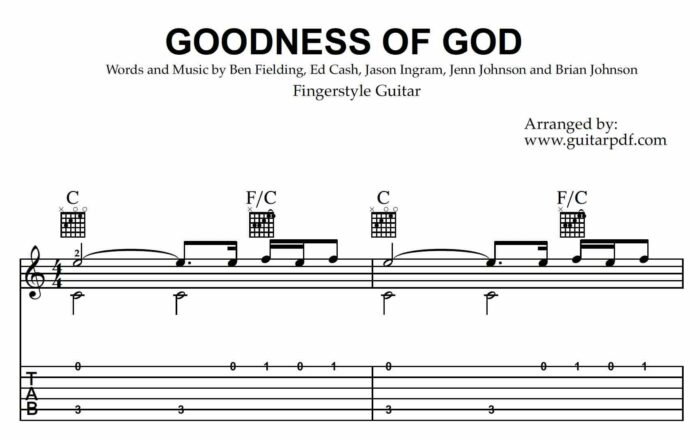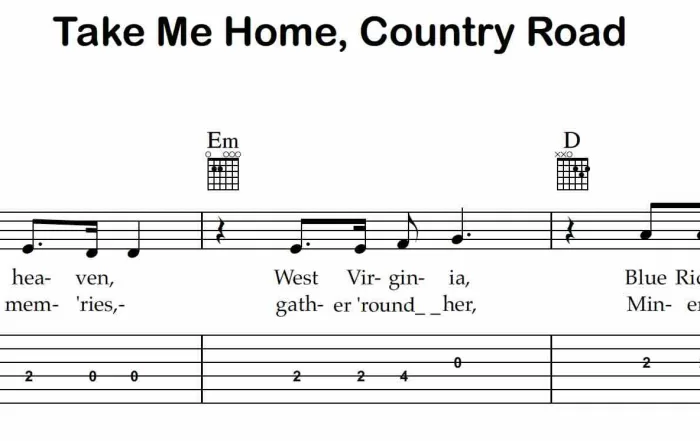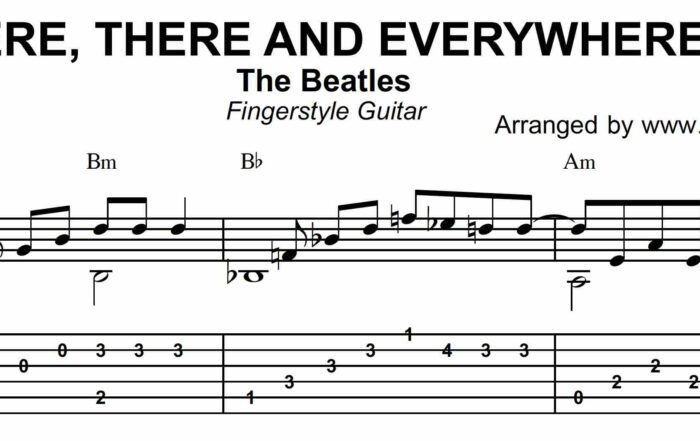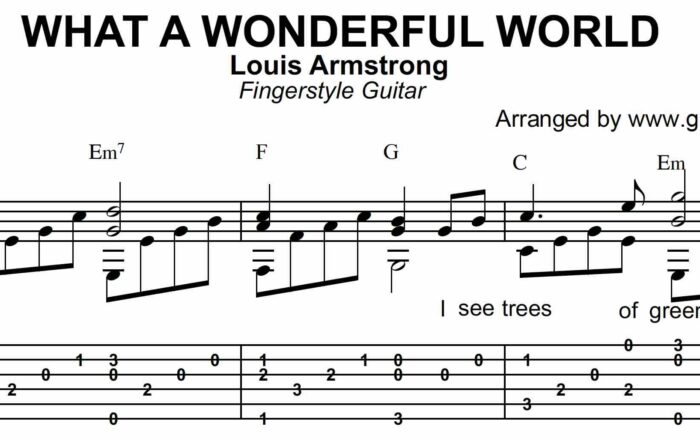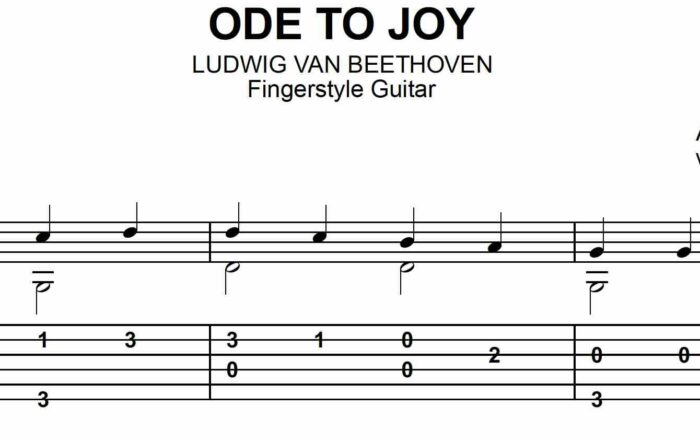Most Important Open Chords For Guitarist
Whether you’re just starting out or looking to brush up on the basics, mastering open chords is one of the best things you can do for your guitar playing. Open chords are the bread and butter of countless songs, making them a must-know for any aspiring guitarist. These chords are called “open” because they incorporate open strings (strings played without pressing any frets), giving them a full, resonant sound that’s perfect for all kinds of music.
In this post, we’ll cover the essential open chords that every guitarist should know and why they’re so important for building a strong foundation in your playing. Ready to unlock a world of music? Let’s dive in!
1. C Major (C)
The C major chord is one of the first chords most guitarists learn—and for good reason! It’s a foundational chord that appears in countless songs across all genres. The sound is bright and uplifting, making it a great go-to for beginners and advanced players alike.
- Why It’s Important: C major is part of the family of chords used in many classic progressions, especially in pop and rock music. Plus, learning it will strengthen your fingers and improve dexterity, especially as you stretch from the 1st to the 3rd fret.
2. G Major (G)
The G major chord is another essential chord, known for its big, full sound. G major is often used as a transition chord in many famous songs, and it pairs beautifully with other open chords like C and D.
- Why It’s Important: G major is part of the famous “G-C-D” progression, which forms the backbone of countless hits. Whether you’re playing folk, country, or rock, you’ll find G major showing up again and again.
3. D Major (D)
The D major chord is slightly different in shape from C and G, but it’s just as important. It has a bright and crisp sound, making it a perfect chord for strumming or fingerpicking.
- Why It’s Important: D major is featured in many guitar-friendly songs, and it’s especially common in folk and pop music. It also leads into some of the most popular chord progressions, like G-D-C or G-D-Em-C.
4. A Major (A)
The A major chord is a key player in the open chord family. Its structure is compact, and its sound is bold and powerful. You’ll encounter it in many different genres, from blues to rock to country.
- Why It’s Important: A major is part of the I-IV-V chord progression in the key of A, which is one of the most frequently used progressions in modern music. Once you’ve mastered A major, you’ll find it easier to pick up barre chords and other more complex shapes.
5. E Major (E)
The E major chord is another staple, often referred to as one of the most important chords for beginner guitarists. It’s easy to play, sounds great, and opens the door to power chords and barre chords later on.
- Why It’s Important: E major is a crucial chord in rock, blues, and metal music. It’s also the foundation of many blues progressions and will help you unlock new songs quickly.
6. E Minor (Em)
The E minor chord is one of the simplest chords to play, but don’t be fooled by its simplicity—it’s powerful! The Em chord has a moody, darker sound, and it’s a favorite for ballads, rock, and alternative music.
- Why It’s Important: It’s the most basic minor chord and is used in countless popular songs. Em is also the gateway to learning other minor chords, giving you more emotional depth in your playing.
7. A Minor (Am)
The A minor chord is often paired with its major counterpart (A major), but it has a more emotional, melancholic tone. It’s another essential chord for guitarists of all levels.
- Why It’s Important: A minor is common in ballads and sadder songs, adding emotional weight to your playing. It’s also found in many popular chord progressions, such as Am-G-F or Am-C-G.
8. D Minor (Dm)
The D minor chord may be a bit trickier to master at first, but its haunting sound makes it well worth the effort. It’s great for creating moodier, more dramatic musical moments.
- Why It’s Important: D minor is a key player in both classical and contemporary music. Once you’ve got it down, you’ll find it opens up new creative avenues for your songwriting or improvisation.
9. G7
The G7 chord is a variation of the G major chord but with a slight twist. The added 7th note gives the chord a jazzy, bluesy feel, making it perfect for transitions and adding a touch of sophistication to your progressions.
- Why It’s Important: G7 is a dominant 7th chord, which leads naturally into C major, making it a popular choice for blues, jazz, and folk players. It adds a unique flavor to many classic songs.
10. D7
The D7 chord is a variation of the D major chord that adds a bluesy, jazzy feel. It’s often used as a transition chord and works well in many different styles of music.
- Why It’s Important: D7 is a dominant 7th chord, often leading back to G major. It’s commonly found in blues, folk, and pop music, giving your playing more harmonic variety. It’s also a great introduction to learning other 7th chords!
How to Practice Open Chords
Now that you know the most important open chords, the next step is practicing them effectively. Here are a few tips to help you get started:
- Switch Between Chords: Practice moving smoothly between chords. Try transitioning from C to G, or A to D, without breaking your rhythm.
- Strum with a Metronome: Keep your strumming in time by using a metronome. This will help you build rhythm and consistency.
- Learn Songs You Love: The best way to practice open chords is to play real songs! Find a few of your favorite tracks that use these chords, and play along to improve both your skills and your musical enjoyment.
Open Chords Open Doors
These 10 open chords are the foundation of countless songs, across genres and styles. Once you’ve mastered them, you’ll have the tools to play everything from folk ballads to rock anthems. Open chords not only sound great, but they’re also the key to unlocking new songs and more complex guitar techniques as you progress.
So grab your guitar, practice these essential chords, and start jamming! You’ll be amazed at how many songs you’ll be able to play with just a few simple shapes.

